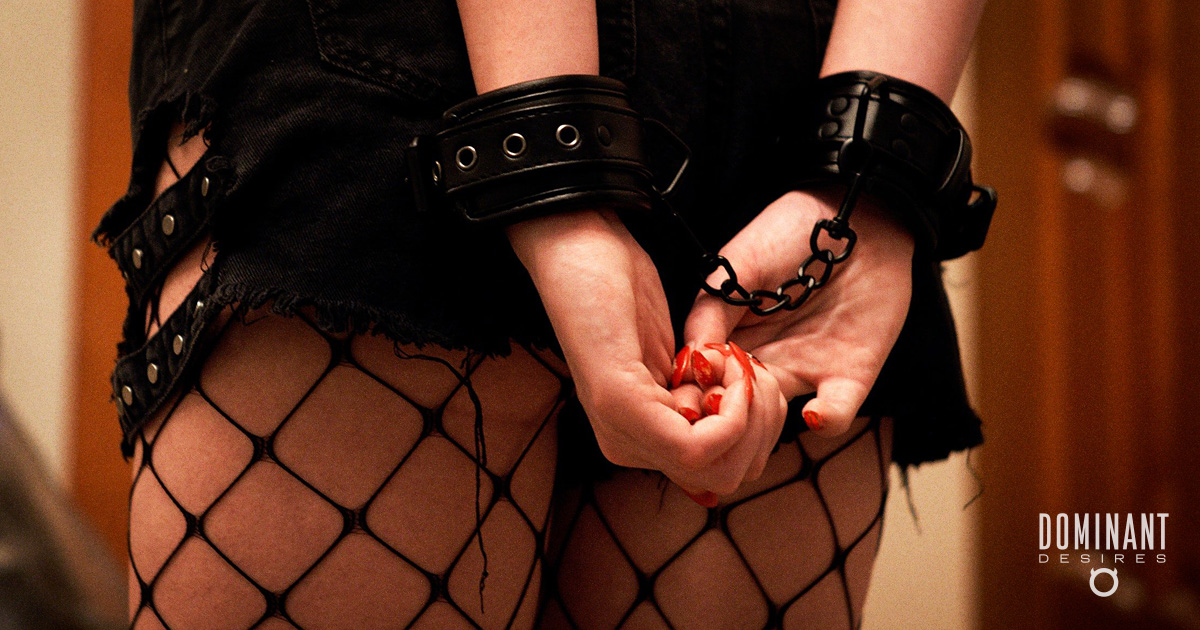Bruce Esinem is a veteran in the rope bondage community, is a professional Shibari artist and performer, and also an educator. I’ve been a fan for a long time now, and got a chance to talk with him about his background, and his involvement in rope bondage.
How long have you been doing shibari?
I was rather shocked to find photos of my early attempts dated late last century, circa 1999! So at least since then, and simple bedroom bondage long before.
How did you get started in shibari?
After reading an article in a Swiss kink magazine talking of the more psychological aspects, my interest was sparked so I took the opportunity to take a workshop with Midori, an American sex educator and bondage artist.
Did you make many mistakes when you were getting started?
Haha! You never cease making mistakes. Like they say, “the man who never made mistakes, never made anything.” I think proper tuition from a real expert, not somebody who learned yesterday, helps avoid a lot of them. It also helps you spot mistakes if you understand how it all works rather than simply how to follow the steps.
Who is your inspiration in the world of shibari?
I owe a lot to Osada Steve, a German master who has been a pro in Japan for over 30 years and the person who did the most to show us in the west how it was done in Japan. Until his influence on our scene, pretty much everyone, including me, was tying a largely western style with vaguely Japanese influences. Having received tuition and been exposed to many Japanese nawashi, I now draw from many to create my own style. A strong influence is the old-style characterised by Yukimura, Naka Akira, Marai Masato and others. That said, I can be far from traditional in my themes and styling since I’ll often draw from my own culture and contemporary issues.
You have a lot of experience with travelling and spending time abroad. How has that influenced your interest in shibari?
Inevitably, as I progressed as a teacher and performer, opportunities for travel abounded. It has taken me through much of Europe, to Russia, Hong Kong and many other places including Japan. The latter was what really revealed what it was all about. The difference is like between a Chinese take away and a meal in top Beijing restaurant. You also realise how little you know but are, at least, able to start to put it into context.
Now, I leave that to the younger crowd who still find it exiting to live out a nomadic life of a suitcase. I retired from performing a couple of years ago and now work primarily online. My partner, Nina Russ, is quite a keen performer however.
How different is what you do on stage from what you do in your private scenes?
On stage, you try to create a show in a limited time which is appropriate to your audience. In fact, the audience and venue will be the main determinant. What you do in a big noisy fetish club would be very different from at a small intimate rope gathering and again at a corporate event. I prefer my shows to be erotic without being pornographic or explicit. At home, I suppose one is still playing a role sometimes but art tends to be less of a consideration. Inevitably, if my partner is involved, it is likely to get far more sexual in private.
When you perform what kind of preparation goes into your performance? Do you rehearse specific ties, suspensions, and transitions? Or do you let things develop organically?
I have never been sufficiently organized the plan shows in the last detail or indeed stick to a plan. Therefore my approach has been to select a theme and have a basic idea — i.e. little black dress — which I will accessorize freestyle. If I rehearse, it will usually be little more than seeing what I plan is possible. On the occasions when I have rehearsed, I have often ended up doing something entirely different when I get in the moment. For me too much planning/ rehearsal removes the spontaneity and passion. Of course, I appreciate this approach might not suit everybody.
Coincidentally, how to create a show and become a successful performer is a subject which we are addressing in a new online series. We have just recently launched Part I in the series on ShibariClasses.com.
What is it that you love the most about shibari? What inspires you?
Connection. For me, it is all about communicating with the rope. Making it an extension of my hands and my will. It is all about how you apply the rope and handle the person you tie. I love to see it give pleasure whether that be through sensuality or pain. That creates a very erotic feedback loop when it happens.
How has your own style of shibari evolved? What are you doing differently now than you were doing last year or even a few years ago?
I’d say the first 5 years or so, I was pretty clueless as there was very little information around. This improved significantly when I started taking lessons in Japan. My style started to become more structured, and safer, as I learned proper technique. The seed of the physiological aspects planted by that article, which later started to sprout thanks to the inspiration Midori’s approach, really started to flourish. From there, my style became more tactile and I began to understand the language of rope. Consequently, I became one of the pioneers of what is now known as ‘connective rope’ but has always been the essence which distinguishes kinbaku (shibari) from western styles whose goal is simply restraint.
Since learning what is predominantly the more modern Akechi Denki style from Osada Steve, I have become exposed to other influences so these have shaped my tying since. It has become somewhat mongrel but based on the tried and tested engineering of recognised techniques.
The latest development by my partner, Nina, and I is probably more in the way we teach than how we tie. We have turned the old learn by rote, “paint by numbers” approach on its head. We now teach an ingredients based method and then show how they are used in recipes, i.e. ties. It makes more sense to students that way so it’s faster. They remember better because they know the rules and can even correct their own mistakes. Most importantly, they learn how to create an effect when they tie and don’t have to unlearn bad habits later.
What is your favourite tie? What makes it special to you?
I can’t say I have a favourite tie, although there are always core ties that form the basis for many sessions. I guess it’s the tie that serves my purpose and creates the desired effect. Like I always say, “No tie is a magic spell. It’s all in how you do it.”
Do you have any tips for the rope bondage community?
Yes. Start simple. Learn how to use a single rope to best effect. That way, when you add more than just rope with each one. You build intensity. That’s why we teach that way. It took a long time to reach that conclusion but, like so many things, it seems obvious when you think about it and wonder nobody did it that way before.
Thank you for stopping by Esinem. Anything you’d like to say before you leave?
If this has piqued your interest, we hold a bi-monthly night of shows, socialising and learning at the Flying Dutchman London called BOUND (www.bounduk.net). It’s very causal and friendly, so don’t feel intimidated, but you will have the opportunity of seeing some top international artists at work up close. If you want to learn, ShibariClasses.com is a great place to start, especially as an adjunct to hands-on tuition.







